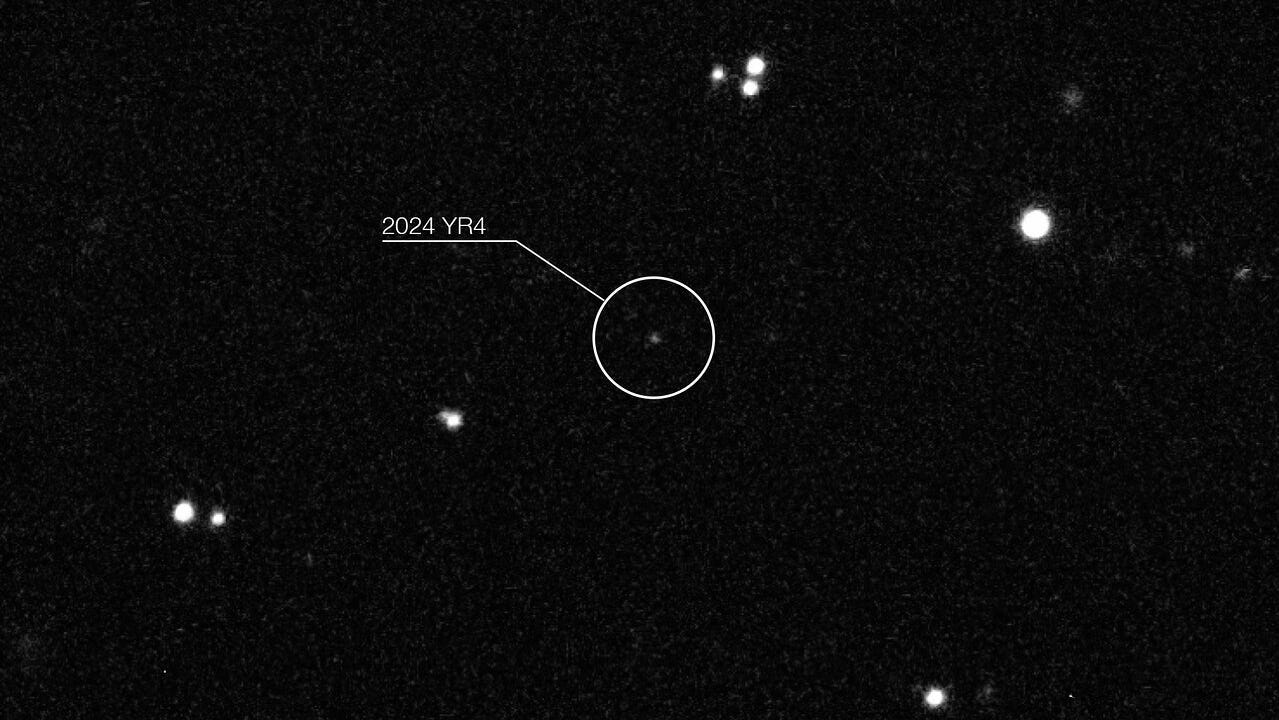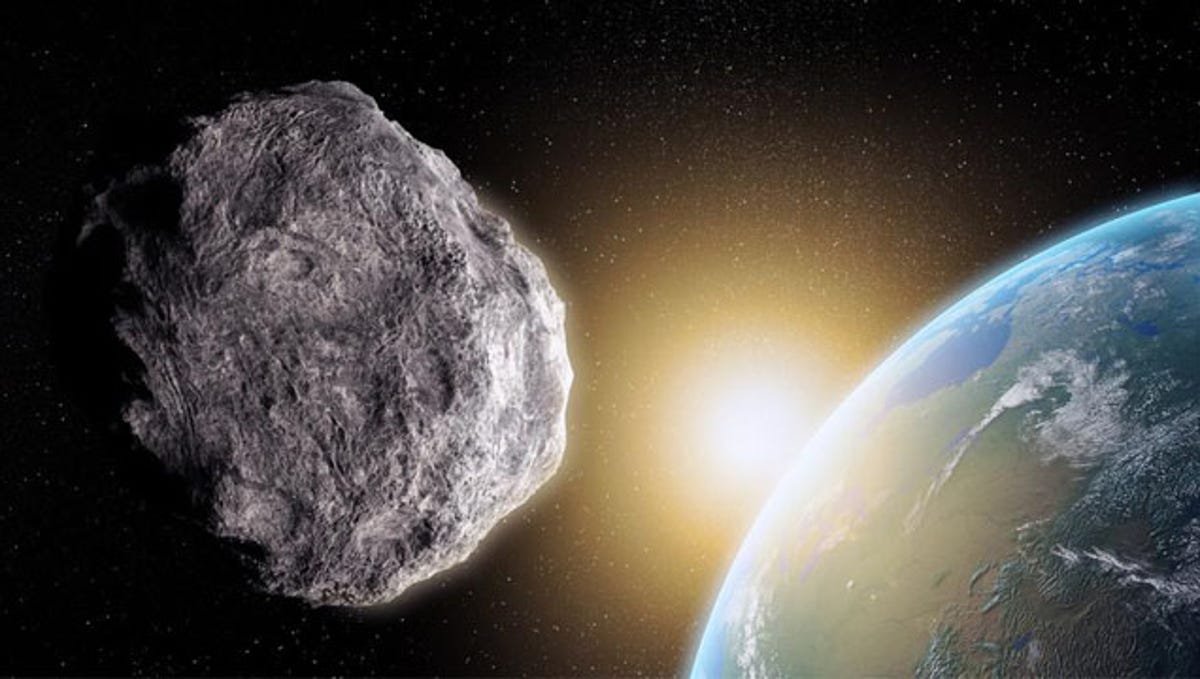
Scientists Weigh Nuclear Response To Lunar Asteroid Threat
A team of scientists, including NASA researchers, has proposed a dramatic plan to stop asteroid 2024 YR4 from hitting the moon.
No, Earth will not have “two moons until 2083,” but asteroid 2025 PN7 has joined Earth’s orbital path, with the tiny fleet of space rocks set to trail Earth’s orbit until 2083 before the sun pulls it away, according to a September study in the American Astronomical Society.
Quasi-moons are considered Earth’s closest companions, with the PN7 asteroid discovered by scientists this summer with an orbit nearly in sync as Earth’s trajectory around the sun. Earth has had several quasi-moons in the past; some come from the main asteroid belt between Mars and Jupiter, others from chunks of the moon due to major meteorite impacts. But 2025 PN7’s origins are unknown.
“No real hints about its origins, only speculations,” said Carlos de la Fuentes, an astronomer at the Complutense University of Madrid, who co-authored a study about the quasi-moon’s discovery in September 2025.
Here’s what to know about Earth’s new visitor, plus if Earth has any other mini-moons or quasi-moons, which are distinctly different.
Does Earth have two moons until 2083?
No, Earth will not have “two moons,” since our Moon is not the same as asteroid 2025 PN7, which is a quasi-moon. Unlike our Moon, 2025 PN7 is a co-orbital object, meaning it loops around the Sun in a way keeping pace with the Earth, almost like riding the same lanes on a highway. Quasi-moons or mini-moons or objects are not gravitationally bound to Earth, while the true Moon is.
What is 2025 PN7?
On Aug. 2, 2025, scientists discovered 2025 PN7 at the Pan-STARRS observatory at the University of Hawaii, scientists posted in a September in a study in American Astronomical Society. The small asteroid had been spotted several years prior, allowing them to identify its orbit. The asteroid appears to have shifted into a quasi-moon orbit in the 1950s, and this summer, was spotted orbiting in a way similar to Earth’s own trajectory around the sun.
While not unusual for Earth to get celestial rock visitors, usually harmless asteroids, they all don’t gain “moonlike status” like PN7 has, since it plans to stick around for a while.
What is a quasi-moon? What’s a mini-moon?
Earth has a number of mini-moons and quasi-moons. Mini-moons are objects that orbit our planet, but they are often short-lived, lasting just a few months. One example is 2024 PT5, which joined Earth last fall, but then headed off on its own within several weeks.
Quasi-moons differ in that they orbit the sun, not the Earth. They are technically more “dedicated” than mini-moons and can stick around for hundreds or even thousands of years within Earth’s own orbit.
Is 2025 PN7 around until 2083?
Astronomers estimate that 2025 PN7 will stick around Earth’s orbit for 126 years. In 2083, it will depart and drop its status as a quasi-moon.
What is Earth’s second moon?
NASA has not confirmed that the Earth has two moons, despite rumors circulating online and on social media that suggest otherwise. We have one Moon, and astronomers have discovered a smaller “quasi-moon” called 2025 PN7.
Astronomers have spotted many quasi-moons near Earth before, including Kamo’oalewa, a near-Earth asteroid. Earlier this year, China launched Tianwen-2 spacecraft, setting off into space in hopes of reaching 469219 Kamo’oalea in late 2027 to collect samples.
How big is Earth’s new quasi moon? Is it dangerous?
No, asteroid 2025 PN7 is not dangerous at all, and there is no scientific evidence it will threaten the Earth in any way. In fact, the presence of non-harmful asteroids near Earth are actually welcoming to scientists, since they offer insight into the evolution of the inner solar system, a researcher told the New York Times.
The asteroid is also teeny tiny: 2025 PN7 is estimated to be no longer than 52 feet, just about the size of a full city bus.
Lori Comstock is a New Jersey-based journalist with the Mid-Atlantic Connect Team.

